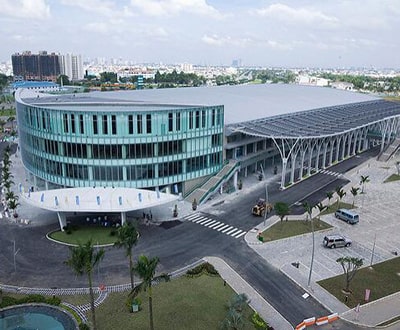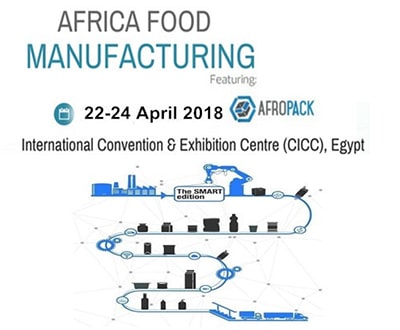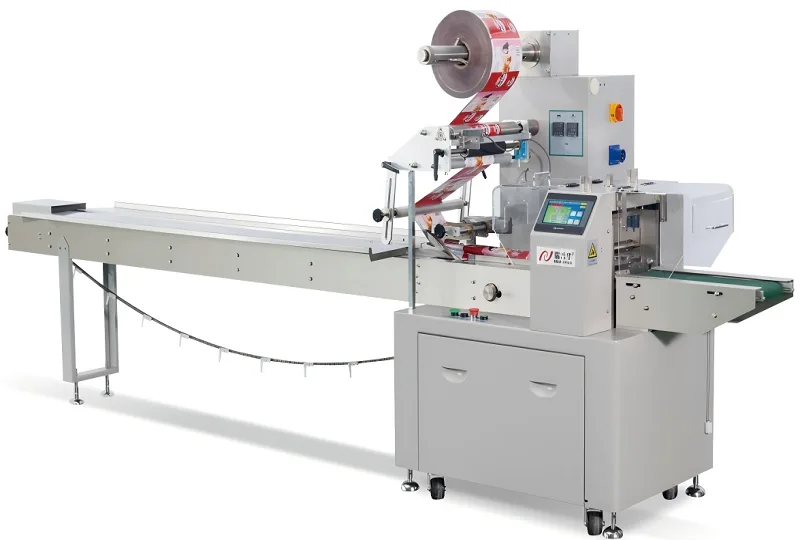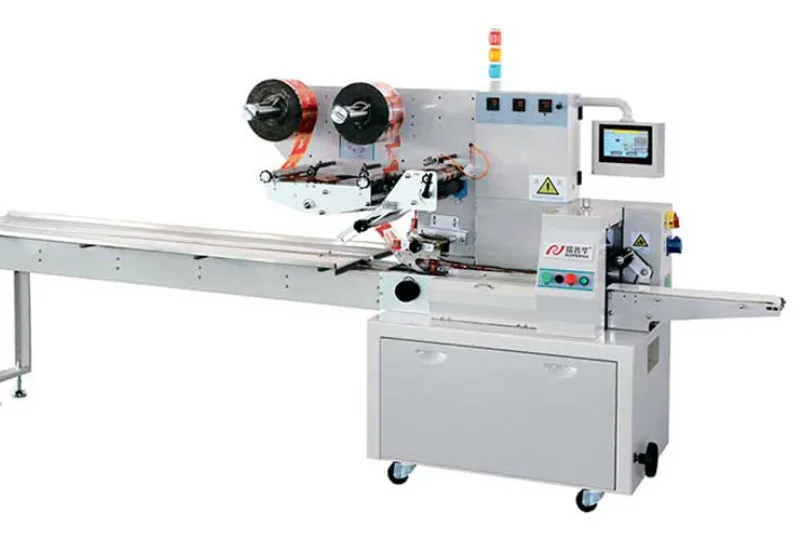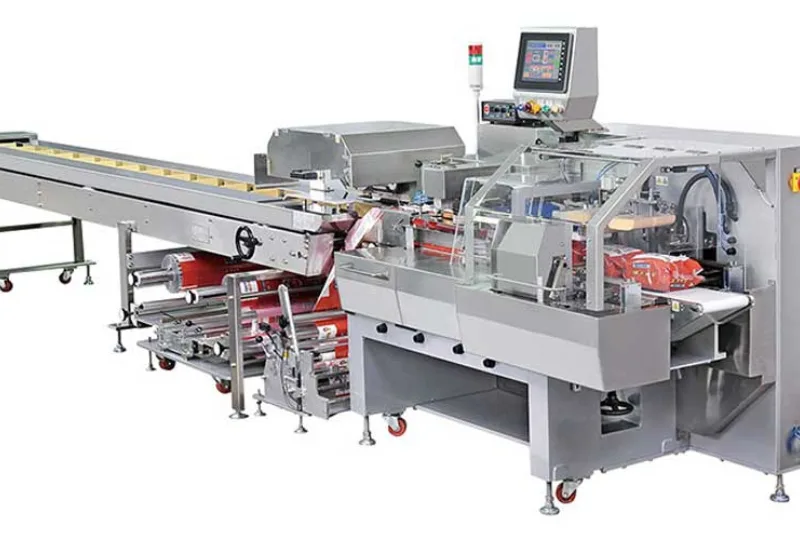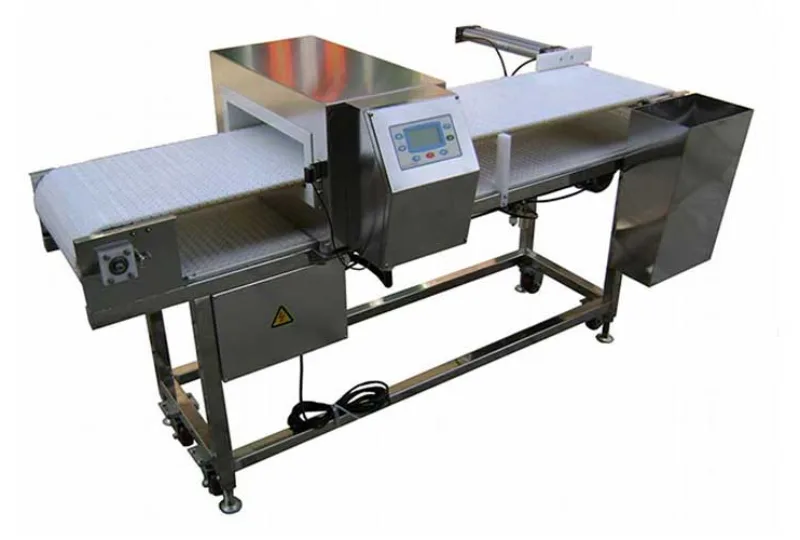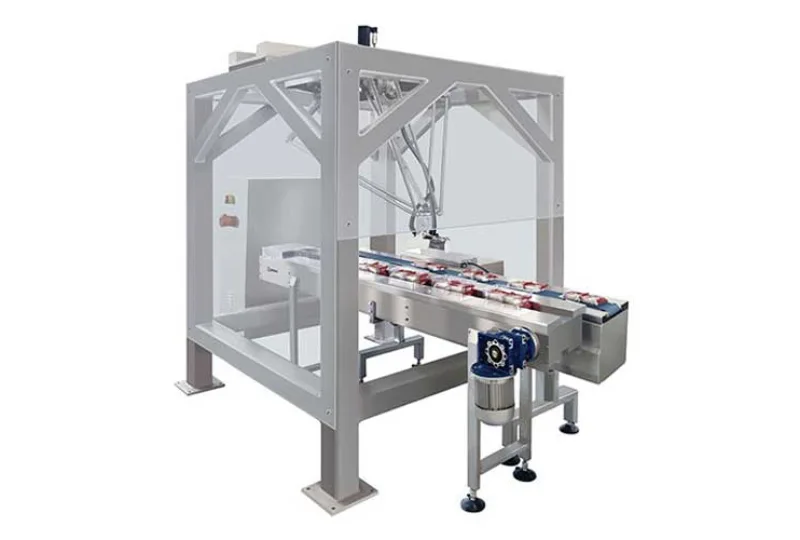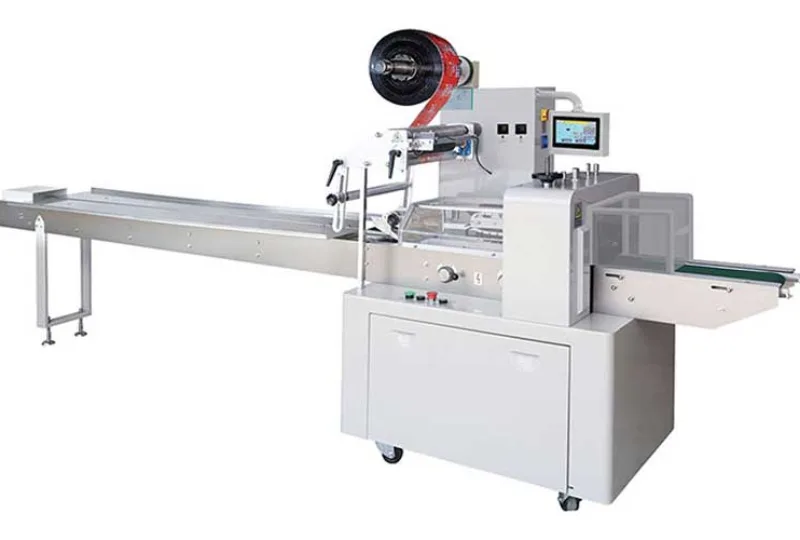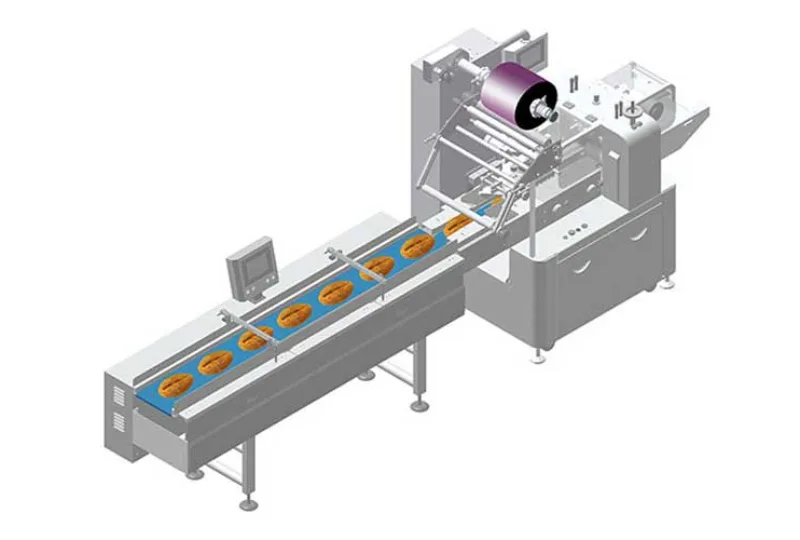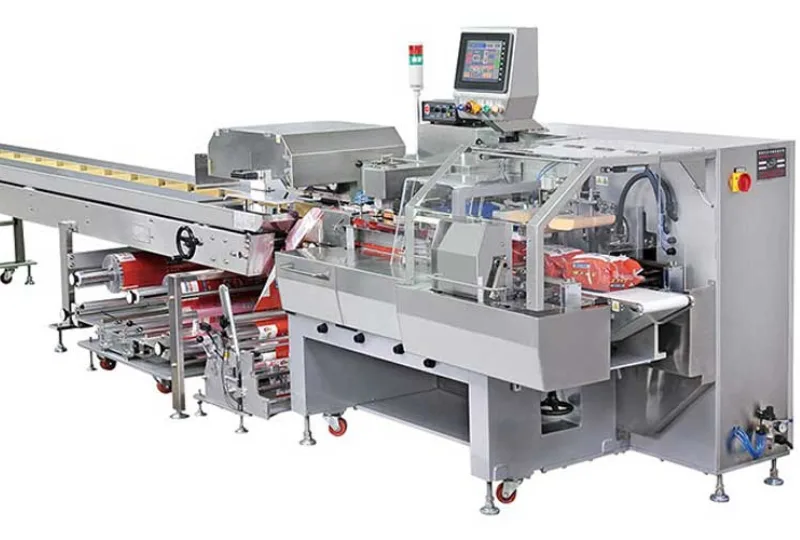Understanding the Technology Behind Pillow Pouch Packing Machines
Pillow pouch packing machines are widely used in various industries, including food, beverage, and pharmaceutical, for packaging products in flexible, pillow-shaped pouches. These machines offer several advantages over traditional packaging methods, such as increased automation, reduced labor costs, and enhanced product protection. This article provides a comprehensive overview of the technology behind pillow pouch packing machines, exploring their components, operation, and the factors influencing their performance.
Components of Pillow Pouch Packing Machines
Pillow pouch packing machines consist of several key components that work together to form and seal pouches around the product. These components include:
– Film unwinding system: Unwinds a continuous roll of packaging film and positions it for pouch formation.
– Forming tube: Shapes the film into a tube to create the basic shape of the pouch.
– Filling system: Dispenses the product into the formed pouch.
– Sealing system: Seals the pouches transversely and longitudinally, creating the final pillow-shaped package.
– Discharge conveyor: Transports the sealed pouches out of the machine.
Operation of Pillow Pouch Packing Machines
The operation of pillow pouch packing machines involves a sequential series of steps:
– The film roll is unwound and fed into the forming tube.
– The forming tube shapes the film into a tube, creating the pouch’s sides and bottom.
– The product is filled into the formed pouch through a filling system, which can be volumetric or auger-based.
– The pouch is sealed transversely to create the top seal, typically using a heat-sealing or cold-sealing system.
– The pouch is then sealed longitudinally to create the side seals, completing the pillow-shaped package.
– The sealed pouch is discharged from the machine onto a conveyor belt.
Factors Influencing Performance
Several factors can influence the performance of pillow pouch packing machines, including:
– Machine speed: The speed at which the machine operates, measured in pouches per minute (PPM), can impact production capacity.
– Pouch size: The size of the pouches being produced can affect the machine’s efficiency and speed.
– Product characteristics: The properties of the product being packaged, such as its flowability and fragility, can impact the filling and sealing processes.
– Packaging film: The type and properties of the packaging film used can influence the machine’s sealing efficiency and pouch quality.
– Environmental conditions: Factors such as temperature and humidity can affect the machine’s performance and the quality of the sealed pouches.
Understanding the technology behind pillow pouch packing machines is crucial for optimizing their performance, ensuring efficient packaging operations, and producing high-quality packaged products. By considering the various components, operation, and influencing factors, manufacturers can select and operate these machines effectively to meet their specific packaging requirements.
-
01
Automatic Tray Loading and Packaging Equipment: Boost Efficiency to 160 Bags/Minute
21-11-2025 -
02
Automatic Soap Packaging Machine: Boost Productivity with 99% Qualification Rate
21-11-2025 -
03
A Deep Dive into Automatic Toast Processing and Packaging System
18-11-2025 -
04
The Future of Bakery Production: Automated Toast Processing and Packaging System
18-11-2025 -
05
Reliable Food Packaging Solutions with China Bread, Candy, and Biscuit Machines
11-10-2025 -
06
High-Performance Automated Food Packaging Equipment for Modern Production
11-10-2025 -
07
Reliable Pillow Packing Machines for Efficient Packaging Operations
11-10-2025 -
08
Advanced Fully Automatic Packaging Solutions for Efficient Production
11-10-2025 -
09
Efficient Automatic Food Packaging Solutions for Modern Production
11-10-2025 -
10
Advanced Automatic Packaging Equipment for Efficient Production
11-10-2025



